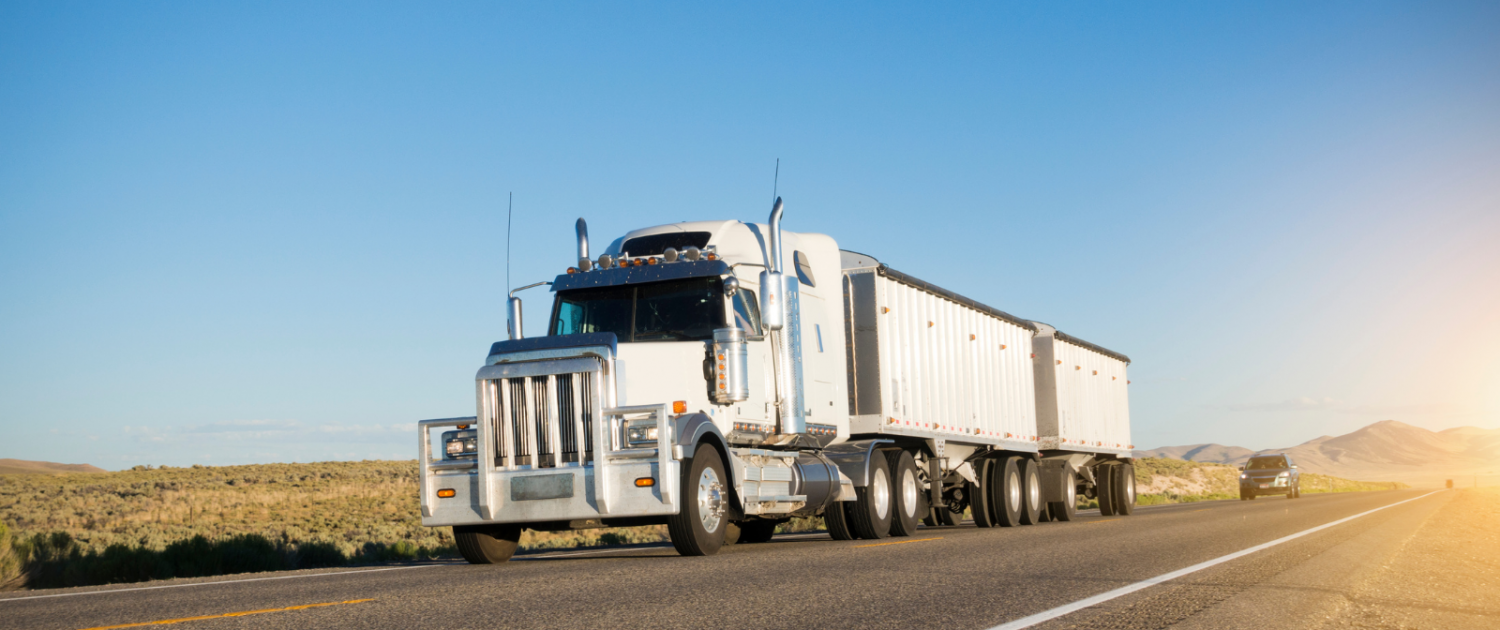
If you have a few years of experience under your belt and are looking for new job opportunities, consider doubles and triples. Hauling doubles or triples means you’re pulling two or three trailers with the same tractor. As you’ve probably already guessed, a doubles and triples endorsement is the certification drivers need to pull that type of load. A doubles and triples endorsement is a great next step for dry van drivers who want to take their license to the next level and be able to get more loads.
Preparing for the Endorsement
If you’ve decided that a doubles and triples endorsement is the next step for you, there are a few things you should know. First, prepare for the written test. A few key elements you can expect to see are coupling and uncoupling trailers, inspecting the truck and trailers, using air brakes, and driving in poor conditions with multiple trailers. Many of the topics are the same across the country, but each state gives its own exam. That means that your states’s CDL manual is one of the best places to start studying. Often, some questions on the endorsement test are very similar to situations in the CDL manual. Also, there are plenty of study guides and free practice tests online, so it’s a good idea to try a few before your official test date.
A few key elements you can expect to see are coupling and uncoupling trailers, inspecting the truck and trailers, using air brakes, and driving in poor conditions with multiple trailers.
Second, make sure to find time to practice. In some states, before drivers can solo drive a triple, they must show supervised practice time. Even though there’s no written test for the endorsement, pulling three trailers is no joke. So, if you decide this is the type of freight for you, make sure to practice until you feel confident.
Getting Your Doubles and Triples Endorsement
Once you’ve passed the written test and practiced your driving skills, all that’s left is a little paperwork. Drivers will pay a licensing fee for the doubles and triples endorsement. For a closer look into the daily life of a doubles driver, we talked to Kevin who hauls doubles for CRST. He shared this about his experience:
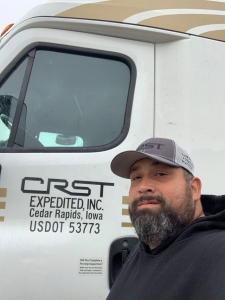
Kevin, Doubles Driver
“To be honest it’s great driving doubles/triples. The only downfall is you can not back up and there are never any parking [spots] for us at the truck stops. Other than that it’s great.”
Some requirements for testing and the doubles and triples endorsement are federally regulated. But, there are some requirements such as trailer size that do vary by state. Make sure you check for any regulations specific to your state.
Skills to Know
While you prepare for your written test for a doubles and triples endorsement, there are a few practical driving skills to master as well.
Coupling & Uncoupling
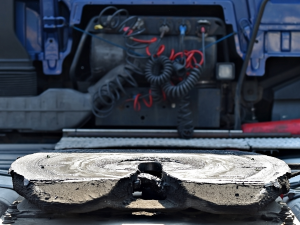 When connecting two or more trailers, the heavier trailer goes closer to your tractor, and a converter dolly is essential. This dolly has a fifth wheel mounted on one or two axis and it acts as a coupling tool for the second and third trailer. You’ll also need to know how to properly attach the air valves. Before you get a doubles and triples endorsement, make sure you understand both the theory and the technique for coupling and uncoupling!
When connecting two or more trailers, the heavier trailer goes closer to your tractor, and a converter dolly is essential. This dolly has a fifth wheel mounted on one or two axis and it acts as a coupling tool for the second and third trailer. You’ll also need to know how to properly attach the air valves. Before you get a doubles and triples endorsement, make sure you understand both the theory and the technique for coupling and uncoupling!
Pulling
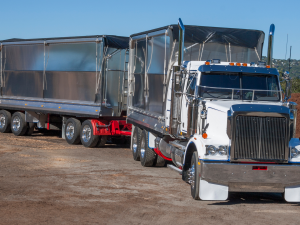 At the most basic level, you’re still pulling a trailer with a tractor, but doubles/triples might feel a little different. Space is one obvious difference. If you’re hauling doubles or triples, everything from lane changes to parking will need more space. The extra weight also means that drivers need more stopping distance to safely stop moving.
At the most basic level, you’re still pulling a trailer with a tractor, but doubles/triples might feel a little different. Space is one obvious difference. If you’re hauling doubles or triples, everything from lane changes to parking will need more space. The extra weight also means that drivers need more stopping distance to safely stop moving.
Inspecting
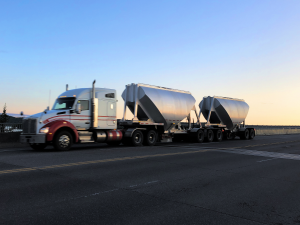 Just like any other trucking job, doubles and triples drivers need to perform a pre-trip inspection. In addition to all the regular inspection points, doubles and triples drivers must check the connections between trailers particularly carefully. This includes checking that your air brakes are functioning properly. Make sure you have any tools you might need in your truck.
Just like any other trucking job, doubles and triples drivers need to perform a pre-trip inspection. In addition to all the regular inspection points, doubles and triples drivers must check the connections between trailers particularly carefully. This includes checking that your air brakes are functioning properly. Make sure you have any tools you might need in your truck.
At the end of the day, many drivers say that pulling doubles or triples feels a bit different than a single trailer, but drivers get used to it quickly. If you’re looking to open up your options, a doubles and triples endorsement can be a great choice.

Find a Doubles / Triples Truck Driver Job
We match you with a job based on your professional qualifications and personal lifestyle preferences. Create a free driver profile to receive your matches.

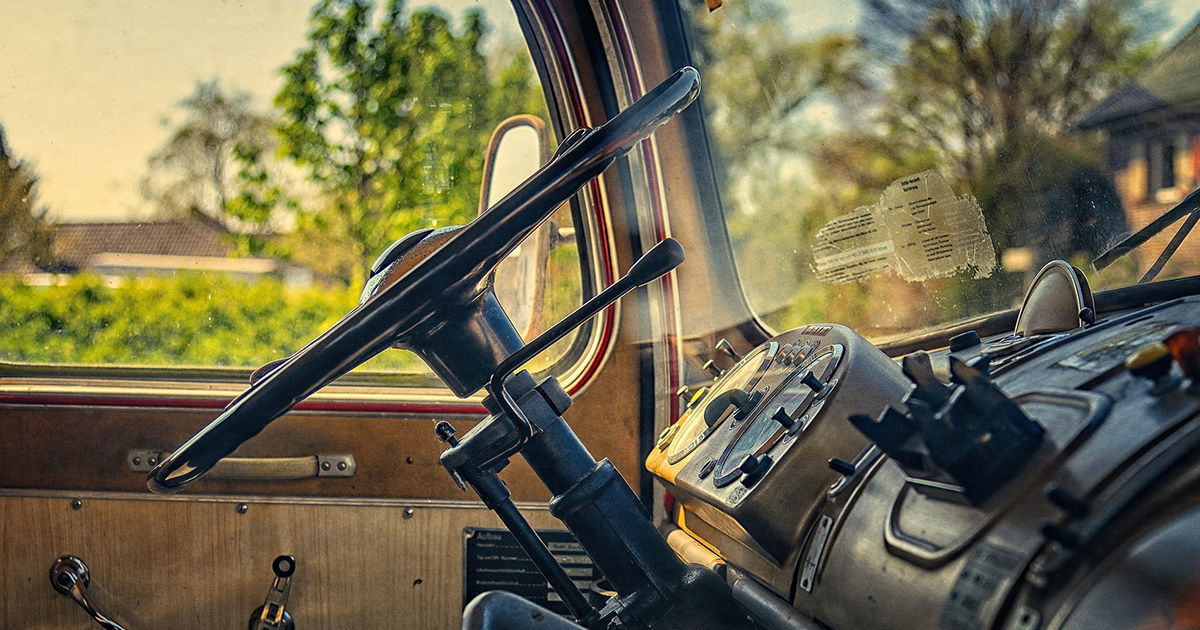



 Once a Truck Driver
Once a Truck Driver
 Deciding to Maintain a CDL License
Deciding to Maintain a CDL License Two Essential Professions
Two Essential Professions
